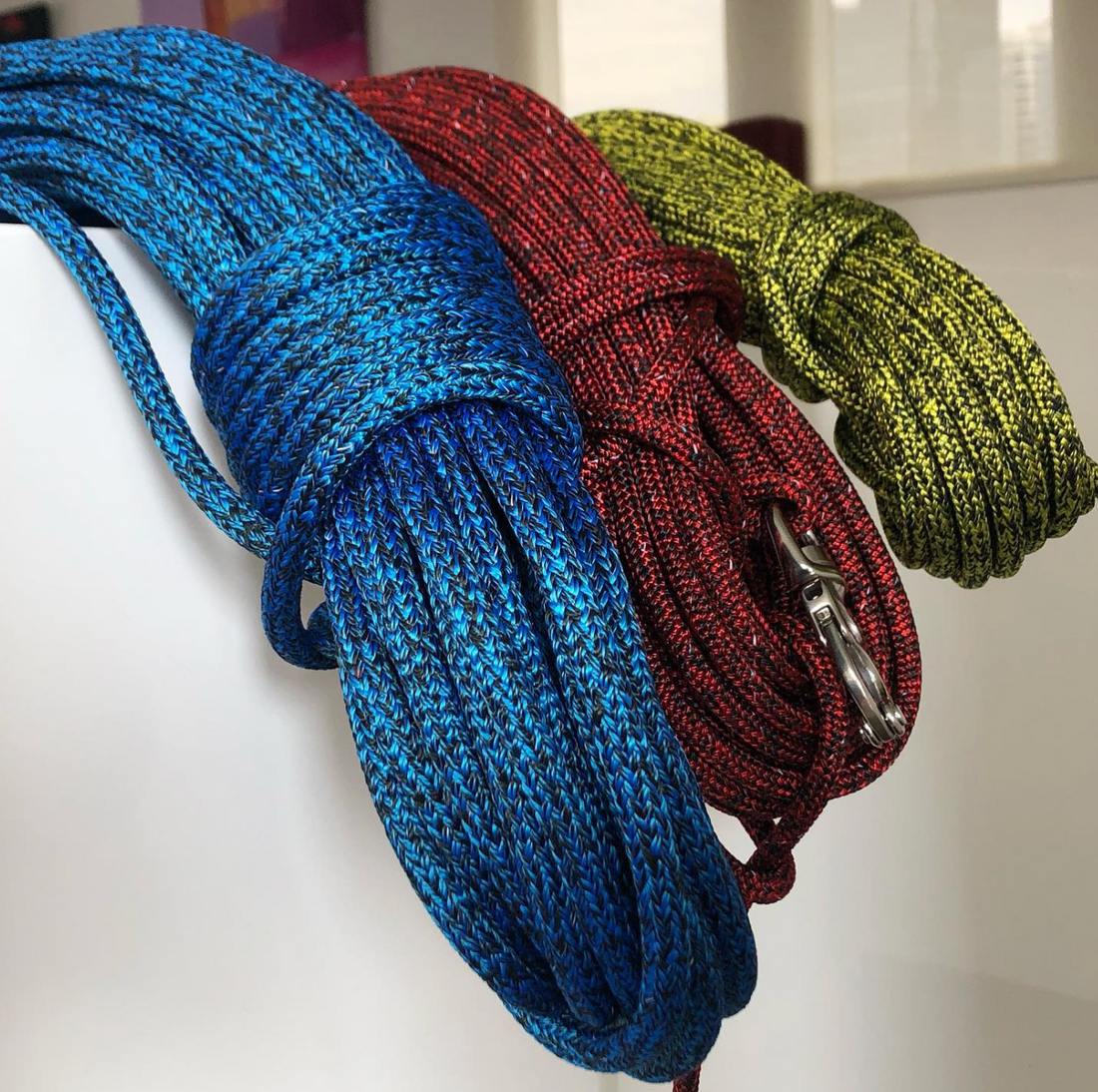
Maintenance tips for rig longevity
Share
Your boat's rigging represents a significant investment, and with proper maintenance, it can provide years of reliable service. Understanding how to care for your rigging isn't just about preventing failures—it's about protecting your investment and ensuring peace of mind while sailing.
Daily Care Makes a Difference
The most effective maintenance routine starts with simple daily habits. After each sail, take a few minutes to rinse your rigging with fresh water, paying special attention to hardware and fittings. This simple step removes salt crystals and pollutants that can accelerate corrosion. In Hong Kong's humid climate, this becomes especially crucial as salt and moisture create the perfect environment for corrosion to take hold.
The Importance of Regular Inspection
While professional inspections are essential, developing a habit of regular visual checks can help you spot potential issues early. As you walk around your boat, run your hands along the cables, feeling for any broken strands or irregularities. Pay attention to how your rig tuning feels during different conditions—changes in handling often signal developing problems.
Protecting Against Environmental Factors
Hong Kong's tropical climate presents unique challenges for rigging maintenance. High humidity, intense UV exposure, and seasonal typhoons all take their toll on your equipment. Consider applying a quality marine lubricant to turnbuckles and mechanical fittings at least quarterly. This creates a barrier against moisture and ensures smooth operation when adjustments are needed.
The Role of Proper Tension
Maintaining correct rig tension is crucial for both performance and longevity. Loose rigging can cause excessive movement and wear, while over-tightened rigging puts unnecessary stress on your boat's structure. Having your rig professionally tuned at least annually ensures optimal performance and prevents premature wear.
Caring for Running Rigging
Your running rigging deserves equal attention. Regularly inspect halyards and sheets for signs of wear, particularly at high-load areas like clutches and fairleads. Washing your lines periodically with fresh water and mild soap can remove salt and dirt that work their way between fibers, causing internal wear.
Storage Matters
Proper storage during off-seasons or extended periods of non-use significantly impacts longevity. Ensure halyards aren't left flapping and consider slacking your standing rigging slightly if the boat will be stored for extended periods. This reduces constant loading that can lead to metal fatigue.
Documentation is Key
Keep detailed records of all maintenance activities, including dates of professional services, any repairs made, and observations about wear patterns. This documentation helps track your rigging's lifespan and can be invaluable for warranty claims or insurance purposes.
Understanding Lifespan Expectations
Even with perfect maintenance, rigging components have finite lifespans. Wire rigging typically needs replacement every 8-10 years, while rod rigging might last 12-15 years under optimal conditions. However, these are general guidelines—usage patterns and environmental conditions play significant roles in determining actual longevity.
When to Seek Professional Help
While regular maintenance can be handled by boat owners, some tasks require professional expertise. Annual professional inspections, re-tuning after significant sailing events, and any repairs to standing rigging should be handled by qualified riggers. This ensures work is done correctly and maintains warranty validity.
The Cost of Prevention vs. Repair
Consider maintenance costs as an investment rather than an expense. Regular maintenance and timely replacement of wear items costs significantly less than emergency repairs or dealing with catastrophic failures. More importantly, it provides peace of mind during challenging sailing conditions.
Looking Ahead
By implementing these maintenance practices, you're not just extending the life of your rigging—you're ensuring safer, more enjoyable sailing experiences. Remember that maintenance is an ongoing process, not a one-time event. The time and effort invested in caring for your rigging will pay dividends in reliability and performance.
Need professional assistance with your rigging maintenance? Contact our experienced team for personalized advice and service.
